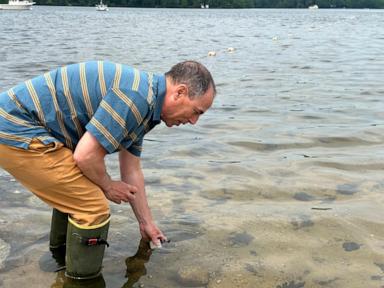With summer about to start, many people flocking to their favorite swimming holes may also want to read up on bacteria warnings. During the busy Memorial Day weekend and shortly afterward, at least 20 people, most of them children, reported E. coli infections after they a popular recreational destination in central Virginia.
Nine of those people were hospitalized. An additional 10 cases are under investigation. In Massachusetts, across the state as of Friday morning.

“Bacteria exceedance” accounted for more than half of the shutdowns. On the West Coast, high bacteria levels shut down three beaches in Seattle. Here's what to know about the most common concerns.
E.coli bacteria normally live in the intestines of healthy people and animals. Most strains are harmless, cause relatively brief diarrhea, and most people recover without much incident, according to the .
But small doses of some strains — including just a mouthful of contaminated water — can cause a range of conditions, including urinary tract infection, cystitis, intestinal infection and vomiting, with the worst cases leading to life-threatening blood poisoning. Cyanobacteria — also referred to as blue-green algae — are plant-like organisms that live in water. They can quickly grow out of control, or “bloom," and some produce toxins that make people and animals sick, according to the They can look like foam, scum, mats, or paint on the surface of the water.
They can also grow underneath the water. “The .























